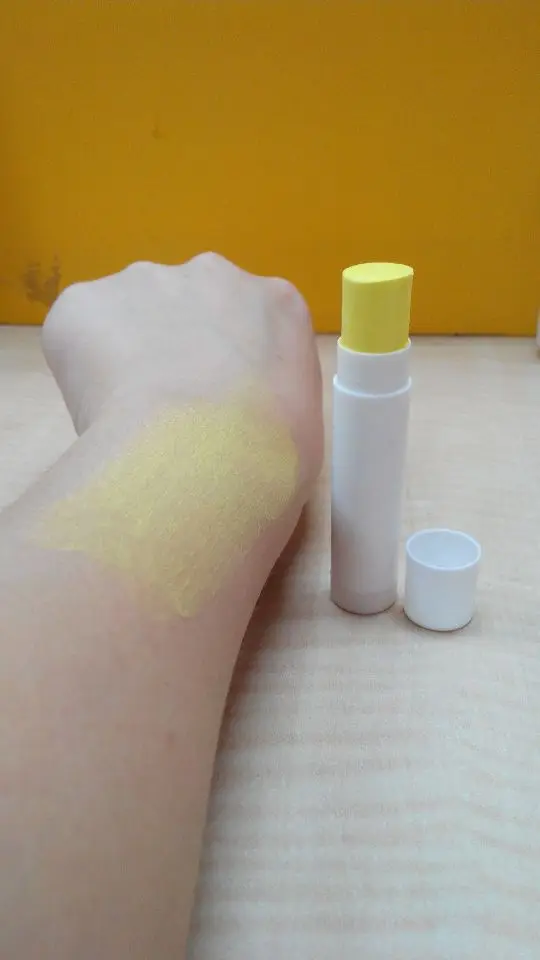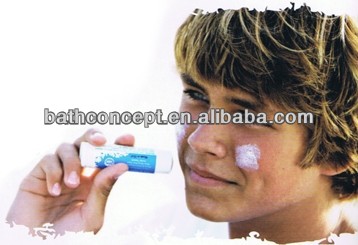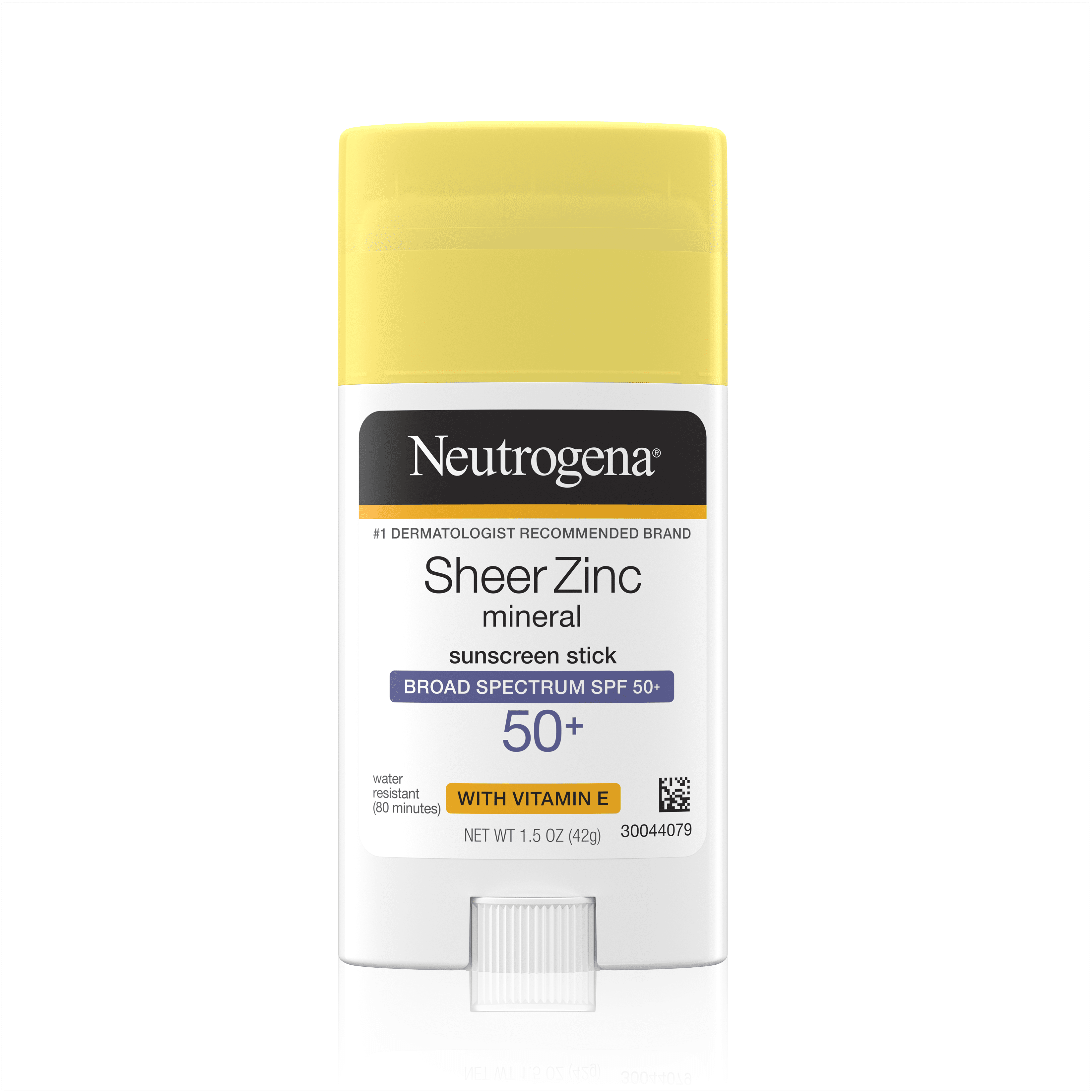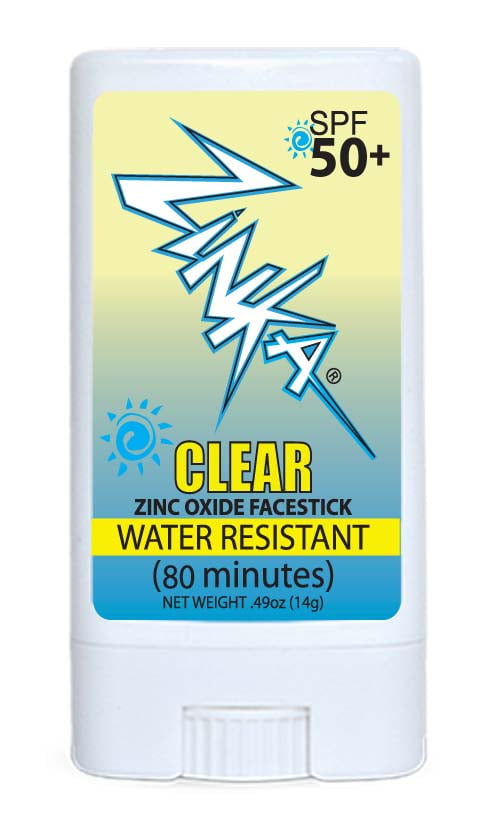

And tinted sunscreens usually aren’t waterproof either. Be prepared to pay a little more for the extra pigment, though. Tinted sunscreens are usually formulated for the face, so they work well under makeup. Some manufacturers add tinting to their formulas so their sunscreen doesn’t leave you looking ghostly. One of the downsides of zinc oxide sunscreen is the white cast it tends to leave on your skin, especially your face. If you want all-over protection, buying both a stick and a cream might make more sense. So if you’re looking for protection for your face and head, consider a stick. Lotion and cream formulas spread over large body areas much more easily and efficiently. They are, however, tedious to apply to large surfaces, such as legs. Another bonus: they won’t leak if you forget to tighten the cap.

They make it easier to apply the proper amount, and they’re convenient for targeting body contours, especially on your face. They’re usually thicker, so they’re less likely to run into your eyes. Stick sunscreens are becoming increasingly popular.

Keep in mind that you’ll pay more for these formulas, so they’re not cost-effective for all-over protection. If you’re looking for face protection, consider a brand designed specifically for that area. Some formulations, however, are specifically intended for the face and may include ingredients that address your complexion. Zinc oxide sunscreen can protect your whole body. However, even with an inland activity, consider whether you might sweat enough to require a water-resistant sunscreen. These formulas are thinner and less likely to leave a residue on your skin. If, on the other hand, you want zinc oxide sunscreen for the hiking trail or soccer field, you won’t need to spend extra on water-resistance.
ZINC OXIDE SUNSCREEN STICK SKIN
If you’ll be using sunscreen for water activities, you’ll need a thicker formula that won’t easily wash away (but keep in mind that these formulas may have a chalkier finish that leaves your skin looking pale). But sunscreen is just as important for outdoor activities on land. When many people think of sunscreen, they also picture going to the pool or the beach. Look for sunscreens that give you broad-spectrum protection as well as a good SPF rating. SPF does not measure protection against skin-aging UVA rays, so you can’t base your decision on this rating alone. So it’s safest to reapply at that point regardless of the SPF. However, many dermatologists say that sunscreen starts to break down after about two hours. Here’s how much protection each one offers:Īs SPF increases in sunscreen, the formula lengthens the time you can spend in the sun - in theory. Most dermatologists recommend a sunscreen between SPF 15 and 30 for daily use. SPF ratingĪ sunscreen’s SPF (sun protection factor) rating tells you the amount of protection it provides against UVB rays (the ones that burn your skin). Others hover between 10 and 15% but add a smaller percentage of titanium dioxide in order to increase its total physical barrier. Some mineral sunscreens are made of 15 to 20% zinc oxide. But beware: some brands market their sunscreen as more “natural” because they contain zinc oxide when they really contain a low amount of zinc oxide and significant quantities of chemical filters, such as avobenzone, octocrylene, and homosalate.įor starters, look for sunscreens that have a zinc oxide content of around 10%. Many people look for zinc oxide sunscreens because they’re more comfortable with the physical barrier than chemical options. These body parts are frequently overlooked but get significant sun exposure. When you’re ready to buy, check out our recommendations for the best zinc oxide sunscreens on the market.ĭon’t forget to apply sunscreen to your neck, chest, and hands.
ZINC OXIDE SUNSCREEN STICK HOW TO
To learn more about how to choose the right one for your needs, keep reading. While some zinc oxide sunscreens still have the telltale chalky look, other formulas are subtle enough to wear under makeup.

And it’s gentle enough for all skin types, including those with sensitive skin or rosacea. It takes time to react with your skin, which is why you’re advised to apply it several minutes before going outside.Īdditionally, zinc oxide sunscreen is non-comedogenic, so it won’t clog your pores. Chemical-filtering sunscreen, on the other hand, must absorb into your skin in order to work. Providing immediate protection the moment you slather it on, zinc oxide sits on top of your skin to create a highly effective physical barrier that reflects harmful UVA and UVB rays. Buying guide for best zinc oxide sunscreensĪs we learn more about how chemical sunscreens may affect our oceans and our skin, mineral sunscreens with zinc oxide are making a comeback.


 0 kommentar(er)
0 kommentar(er)
